Science Military - Military intelligence supports the decision making process of military leaders by providing intelligent analysis of data obtained from multiple sources. The provision of information analysis of the information required to be led by leaders and participate in a process of collecting, analyzing, protecting, and disseminating information about the operational environment, attacks, friendship and uncertainty and the population of
civilians in a war zone, and the general interest of the area Military operations are conducted at all levels from tactical to military, in peacetime , transition to war, and wartime. The force structure of the United States is led by the table of organizations and equipment (TOE or TO&E) is a document issued by the US Department of Defense that directs the organization, command, and crew of units from
Science Military
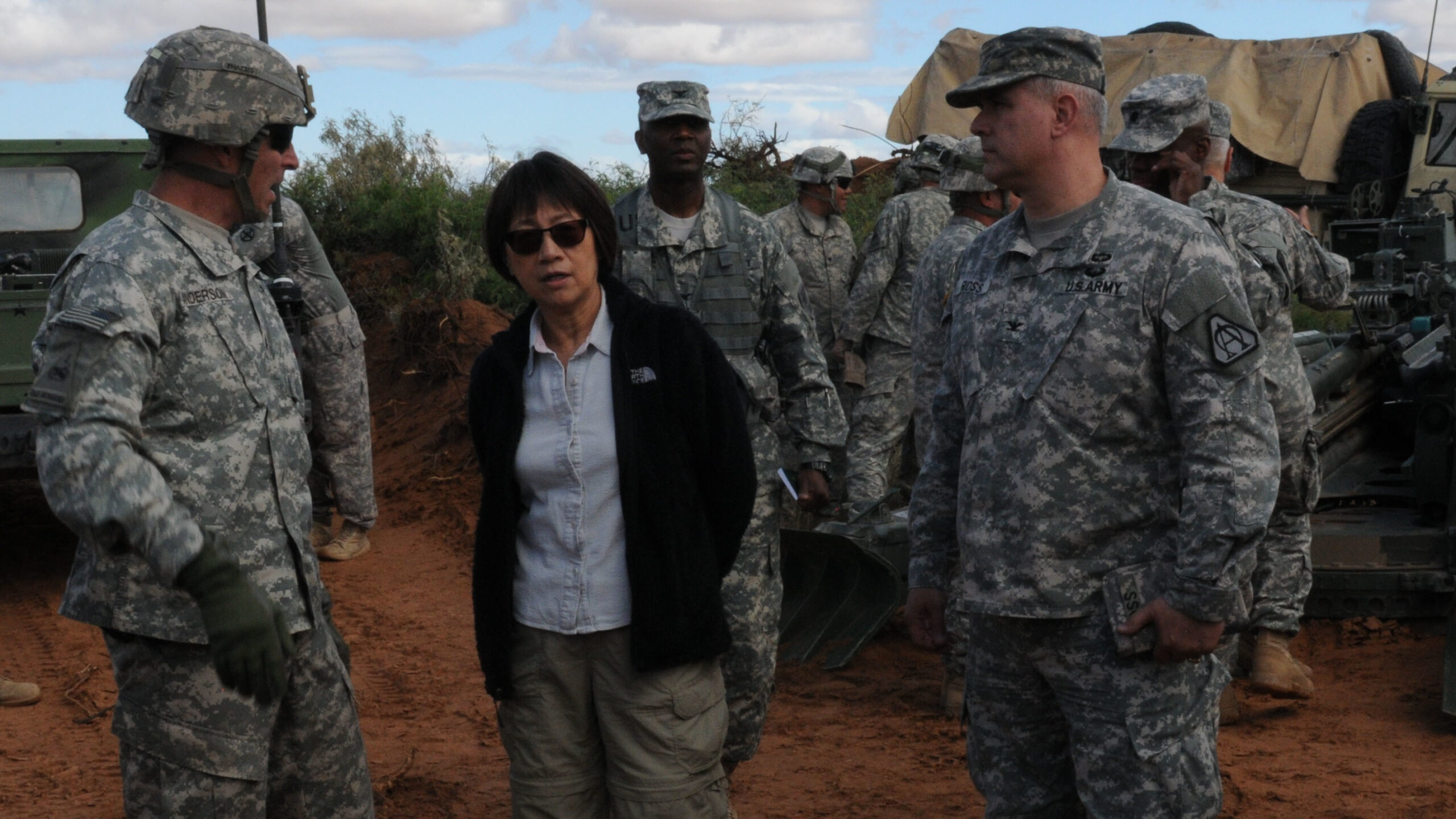 Source: sites.breakingmedia.com
Source: sites.breakingmedia.com
many categories and below, but including . Headquarters of the Army and the Army. The Military Science Program is the premier leadership unit designed to train, evaluate, evaluate and direct officers for the United States Army.
Military Intelligence
The Seattle University Major General Patrick H. Brady Battalion maintains a proud record of over 1,400 commissioned Officers. Military Science allows scholars, athletes, and leaders to improve their leadership skills through a variety of academic, classroom, physical, and practical training.
With many scholarship opportunities and a designated career after graduation, Military Science can enhance the academic and post-graduation experience. Veterans compete for selection in 17 different careers in the United States Army. In many ways military science was born as a result of the experiences of the Great War.
"Military appeals" changed armies beyond recognition and the horse almost disappeared within the next 20 years. "Supply for an army" will become a science of logistics because more armies, operations and soldiers can fire guns faster than they can be produced, for the first time using internal combustion engines
, a fountain of change. .[12] The military "organization" would no longer be the battle on the line, but the attacking forces, and the troops became specialized in the introduction of machine guns and mortars, and for the
Force Structuring
First time commanders were forced to think endlessly. in terms of the situation. and files, but strong structure. Management is an art related to the need for managers to be visionary and creative. They need to have ideas and be able to combine and integrate different interests and ideas.
Management as a vision is concerned with the acquisition and use of knowledge in an appropriate manner. The scientific contribution to management practice is to provide direction and meaning through empirical studies of practice, experience, and
relative knowledge. The purpose of the triangle diagram is to put many patterns into perspective so that we can easily see what each one emphasizes and what. is being pushed back. Until the Second World War, military science was written in English starting with a capital letter, and it was considered a special school along with Physics, Philosophy and Medical Sciences.
 Source: www.shsu.edu
Source: www.shsu.edu
In part this was due to the general mystique that accompanied education in a world where by 1880 75% of the European population was illiterate. The ability of officers to make complex calculations is necessary for the equally complex "evolution" of the army in the battle line that increasingly dominated the Renaissance and later history, and the introduction of weapons
shooting in the battle to add to the reality. arcana of building towers as it appears to the common man. Justin Bronk of the Royal United Services Institute recently wrote: "Russia may be defeated on the battlefield this year, deterring future attacks, but only if Europe stops underestimating
the decision of Russia; accept that it is a long-term military contest with a strong and determined enemy; and invest now in industry and support for Ukraine on the scale required by the stake." these methods, in Europe, for the first time have given a great opportunity to remove the element of chance and error in the decision-making process. [5] At that time, they emphasized Topography (e
including Trigonometry), Military Art (Military Science), [6] Military History, the Organization of the Army in the field of Artillery and Projectile Science, Field Fortification and Permanent Fortification, Military Legislation, Military Administration and Maneuver [7] Military technology
not only the study of various technologies and scientific applications that are used to increase the power of the military. in the study of the production methods of military equipment, and ways to improve performance and reduce material and / or
technological requirements for its production. petroleum, oils, and lubricants) and rubber supplies. Ed Arnold, an expert on European defense at the Royal United Services Institute (RUSI), suggests how to send inexperienced and less trained fighters into large waves.
to the Ukrainians it will only end in a slow, wavering attack and there will be no major changes in the climate. map of the war. But Mr. Arnold, where these types of attacks are found, usually after months of war, Russia has lost that territory again in the past few weeks, Ukrainian soldiers have been able to carry out counter-attacks and many
the uneducated. The Modern War Institute does not classify articles to fit an editorial agenda, or endorse or defend media content. Instead, the Modern Warfare Institute provides a forum for experts to share ideas and improve ideas.
Content will be moderated prior to publication to ensure appropriate, professional, and respectful use of content. Until the beginning of the 19th century, an observer, a British soldier in the Napoleonic Wars, Major John Mitchell thought that nothing seemed to have changed in the use of force on the battlefield.
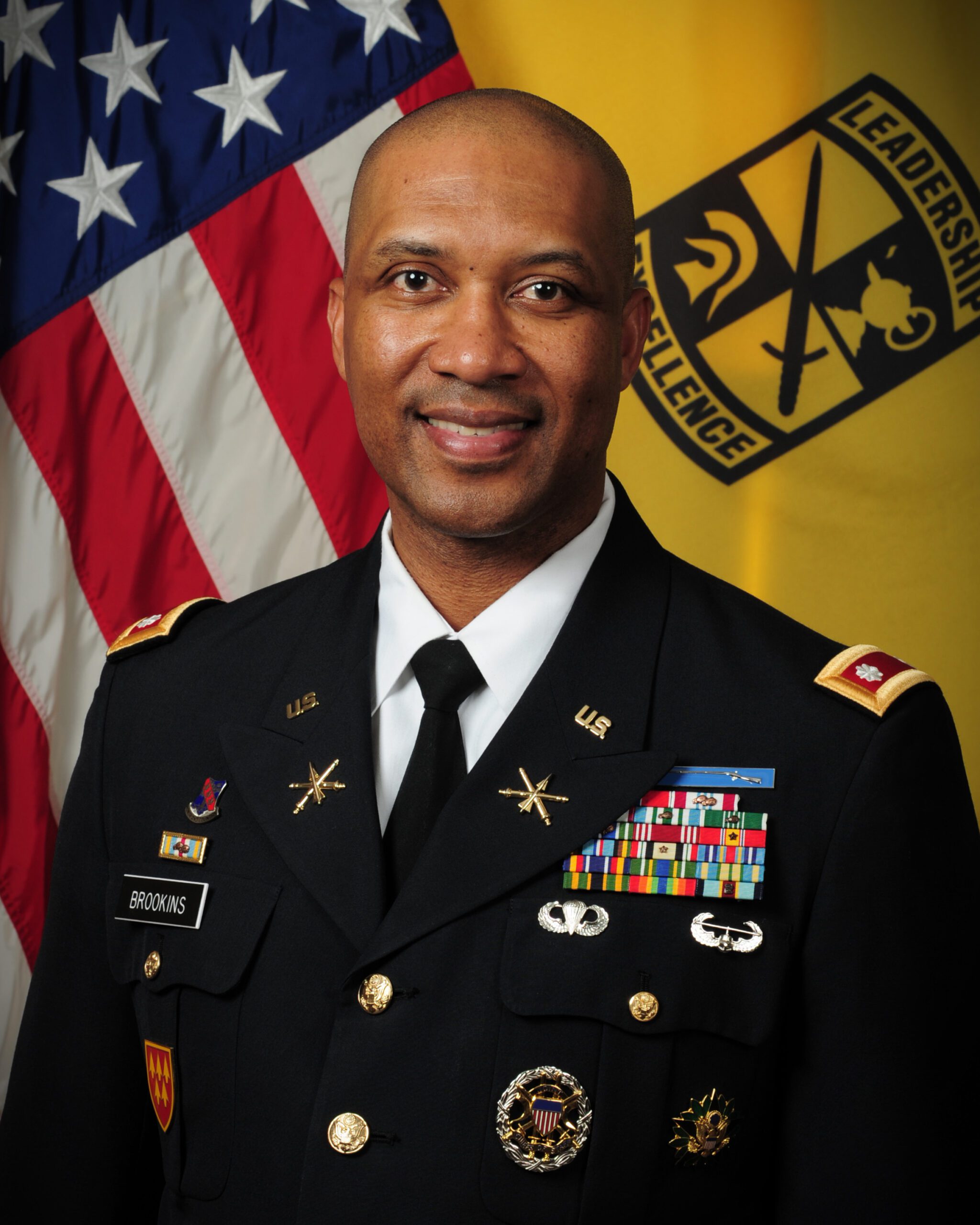 Source: www.jsums.edu
Source: www.jsums.edu
wars since the days of the Greeks.[1] He suggests that this is the main reason because as suggested by Clausewitz, "unlike any other science or art, in war the object answers."[2] The military principles of the War of the
People's Liberation Army was based on the Soviet Union until the 1980s when it began to see a significant change to a better thinking in the region, with special technical maps, operations and tactics in all services.
. Currently, the PLA is involved in three schools of thought that conflict and complement each other: Civil War, Regional War, and Revolution in military affairs which has led to a huge increase in spending. spend protection and the rate of renewable energy technology.
However, it is not true that the clergy and military commanders suffered because of absurd circumstances; the opposite is true. Their analysis of military history convinced them that subtle and forceful attacks were the only doctrine of victory, and they feared that overemphasizing the power of the
fire, and the result of relying on them, will not be possible, and lead to the battlefield. in the interest of the. defensive situation, destroying the morale of the troops and the will to fight.[10] Since only the attack can bring victory, the absence, not the power of fire, was blamed for the defeat of the Imperial Russian Army in the Russo-Japanese War.
Foch thought that, "In planning as well as tactics to attack someone".[11] Despite the differences in the specifics of the military arts, military science attempts to provide a unified picture of the chaos of war, and to clarify principles that apply to all combatants, not just those who agree.
in building principles. The meaning of military leadership and civil leadership, their main goal is not the development of knowledge itself but the use of knowledge. The theories of military leadership are most interesting in the military profession when they can contribute, for example, to analysis, strategy
decisions, management, recruitment, or training. Other professional fields, such as police work or nursing, are also characterized by this intelligence in theory and practice. However, the development of knowledge is important in the implementation of military leadership, not only because the face of war, conflict, stability, and peace continues to change.
The establishment of the force is the way to organize personnel and the weapons and equipment they use and train for military operations, including war. The development of the power of any country is based on the plans, implementation and special needs of the national defense, the threats identified for the country, and the technological capabilities of the threats and the armed forces.
 Source: nypost.com
Source: nypost.com
The Military Science research group conducts critical research to provide insightful and challenging thinking on military issues. military and defense. We take a long-term view, based on a solid historical record and an analysis of enemy behavior and contemporary conflicts, in order to formulate defense policies.
The development of the structure of the force is guided by academic evaluations of special plans, implementation and training exercises and training activities and units in territories, areas and areas that are expected to carry out their missions and tasks.
The proposed powers apply to all Armed Services, but not to supporting organizations such as those used for defense scientific research activities. The system also changed, and for the first time the soldiers were separated from the horses, and had to work together with tanks, airplanes and new methods of shooting.
The concept of discipline has also changed. Morale, despite strong discipline, was broken throughout the army during the war, but the best soldiers found were those who changed the emphasis on discipline to self-expression and cooperation as found in the Corps.
Australia during the. Crime Day. The analysis of military science in the history of the military in which the European leaders failed will give the opportunity to a new military science, not clear in appearance, but more consistent with the process
science in experiments and experiments, scientific method, and for all time. "husband." considering the level of technology on the field. Military operations have been a continuous process for thousands of years, and the basic methods, strategies, and goals of military operations have not changed throughout history.
For example, one of the famous actions of the double envelope, considered as the military of consumption, was first carried out by Hannibal in the battle of Cannae in 216 BC, and later by Khalid ibn al-Walid in the
battle of Walaja in 633 of our era. . PHONE CLASSES: PERSONNEL, U.S. AU. The province of the telephone in today's wars is still expanding. This is one of the offices that stole the show in many of its beautiful, loving, and beautiful qualities;
for the rider who so eloquently conveys on his well-crafted steed is almost a man of the past, rather obsolete. rather than the knight in armor of old. A text message by phone wastes space and time, but the commuter is, in most cases, wasted by our
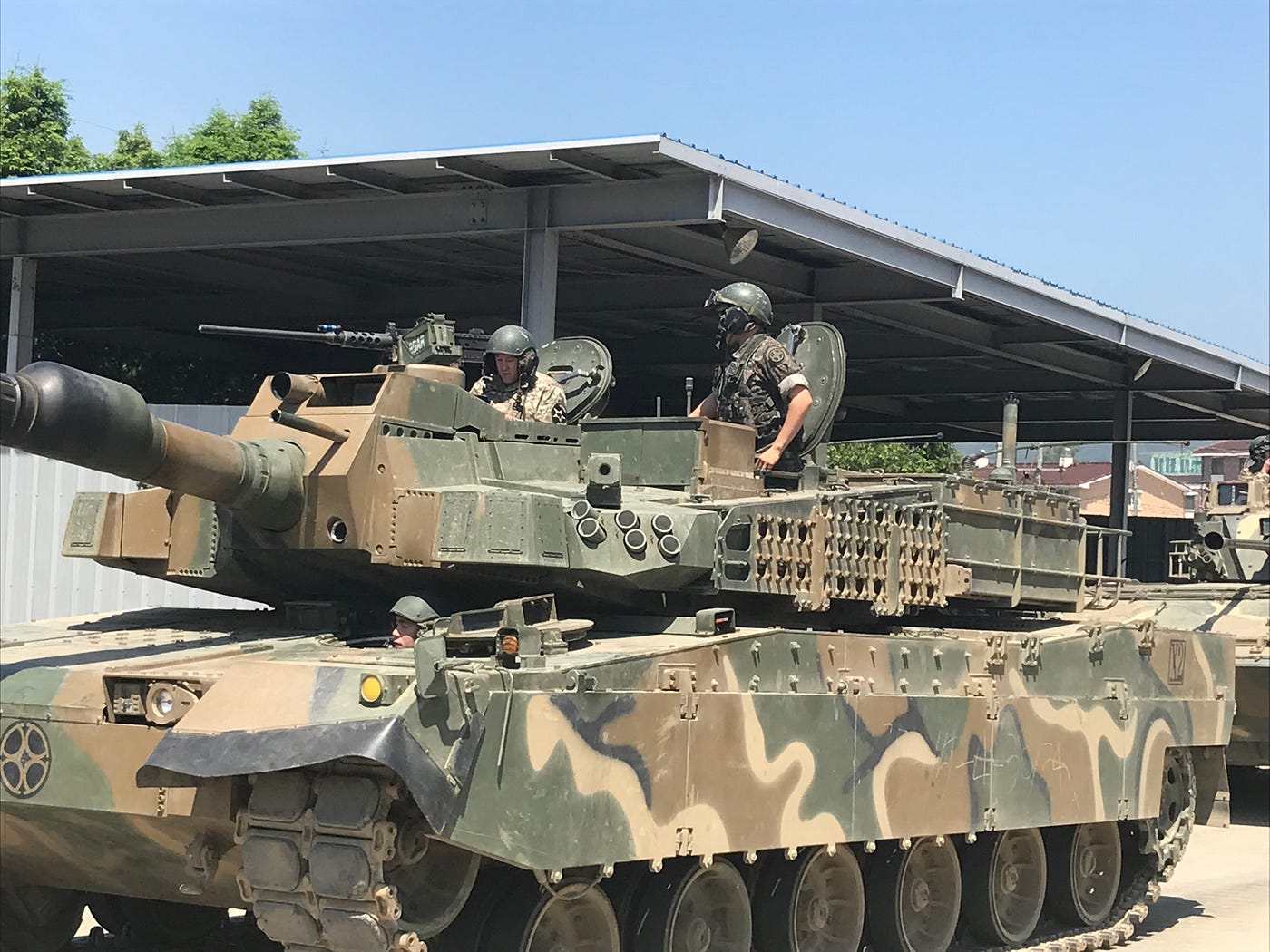 Source: miro.medium.com
Source: miro.medium.com
sick. Published in 1917. We may ask why this is so. Why isn't military science, as a discipline, more concerned with thinking about military leaders? In part this is because in the past, books and courses about leadership were only books about military leadership.
There was no need to strengthen the military sector; there is no story. But in the last century, with the expansion of industrial society, the expansion of the public sector, and the rise of large corporations, private international companies, theories about leadership have developed to look further into
beyond the arena. Our ideas often remain unquestioned until they are encountered by others. Being aware of our own vision based on leadership and being aware of what other bodies are doing and clarifying decisions, and improving
greater understanding and cooperation. In addition, this degree of self-awareness makes it easier to see when a subject in the discussion can be connected to deep emotions and intentions with values. Military science is the theory, method, and practice of developing military capabilities in a manner consistent with national defense policy.
. necessary to maintain the strategic effectiveness of military forces; and increase the chances and good results of victory in peace or in time of war. Military scientists include researchers, researchers, experimental scientists, applied scientists, designers, engineers, test technicians, and other military personnel.
By studying history, the military tries to avoid the mistakes of the past, and improve its current performance by developing leaders with the ability to see history in the future. during the war, in order to apply the lessons learned.
The major branches of military history include the history of wars, battles, and wars, the history of military art, and the history of each military service. The Russian military has a tendency to encourage failure," explained the researchers Mykhaylo Zabrodskyi, Jack Watling, Oleksandr Danylyuk and Nick Reynolds in a study for the Royal United Services Institute in London.
RUSSIAN ANALYSTS Russian leaders for stubbornness and uncertainty. But small offices. closer to the front lines can also be wrong. Military planning in many ways is the center of military science. interactions on the field. In Europe, these principles were first defined by Clausewitz in his Principles of War. As such, they govern the planning and execution of wars, operations, and warfare in general.
There are two major systems that control the planet today. , these can be described as the "Western" system, and the "Russian" party and stability in the tactical strategy behind enemy lines. in the forest the soldier is waiting for him, he encourages courage
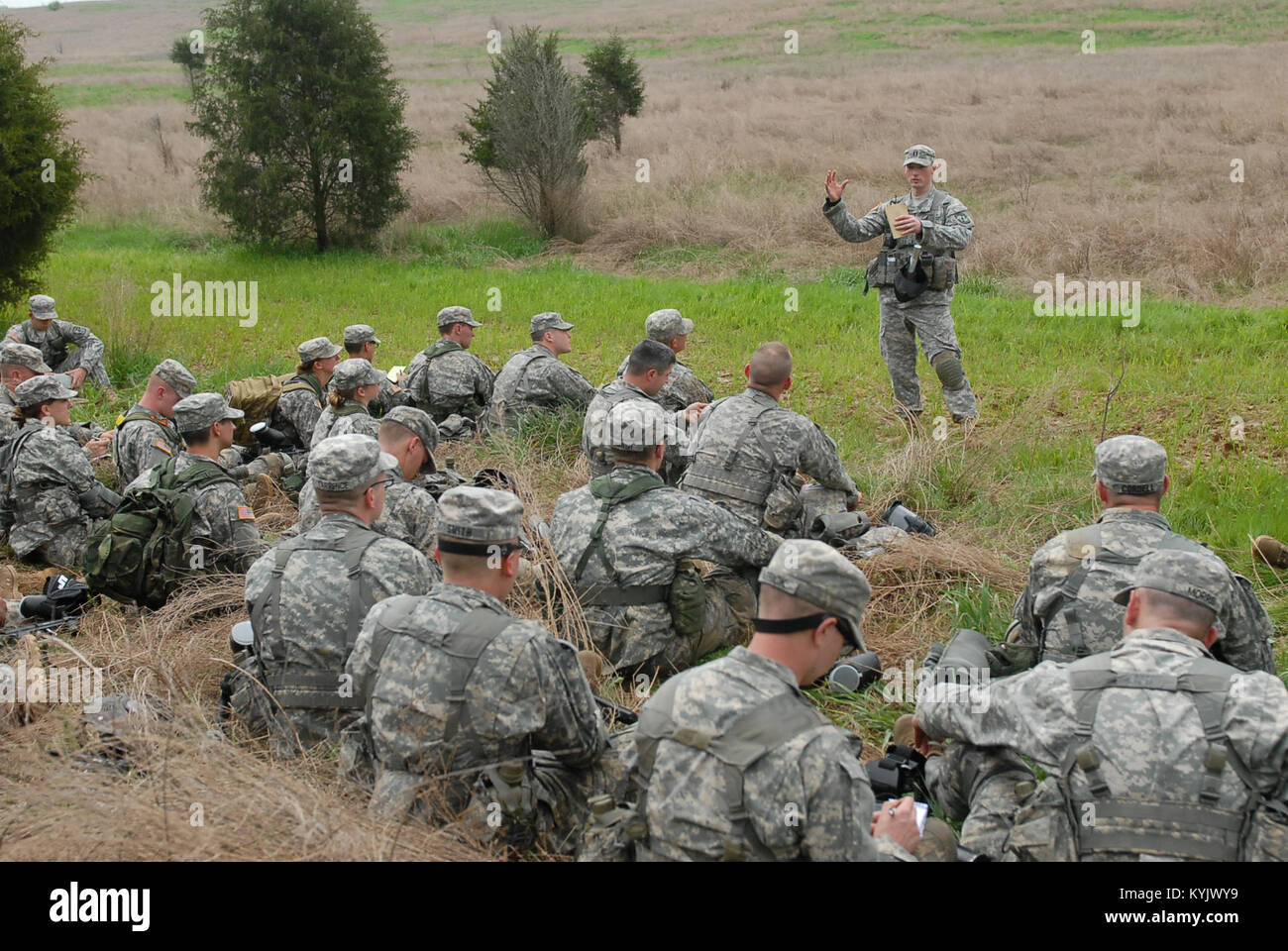 Source: c8.alamy.com
Source: c8.alamy.com
to its people by confirming the lasting legacy of their actions today, connecting the past, present and future. "My brothers, what you do in life will echo in eternity." Until now, and even after the Franco-Prussian War, military scholarship continued to be divided between the official thinking of officers promoted to the "image" of
Napoleon's war with small guards like Ardant du Picq who often saw the action of war. rooted in the mind of the person and the group [3] and recommend this detailed analysis. This led to the subsequent interest of military organizations in the use of comparative and empirical research in the doctrine of war;
trying to translate military ideas as philosophical ideas into concrete methods of warfare. The military science that formed the German military model for the First World War remained unchanged from the Napoleonic model, but considered the improvement of firepower and the ability to conduct "large battles of
the annihilation" by speed. concentration of power, strategic mobility, and the development of aggression [8] is better known as the Culture of the Offensive. The key to this, and other ways of thinking about the war remains the analysis of military history and tries to manual techniques that can be reproduced with the same success on another field of
a type of blood test in military science. Few were bloodier than the fields of the Western Front between 1914 and 1918. Surprisingly this man may have better understanding of Clausewitz than most, Marshal Foch will
first involved in the events that almost destroyed the French Army.[9] In the history of the military, military science was used during the Industrial Revolution as a general term to refer to all military subjects and the use of technology as a single academic discipline, e.g.
including the deployment and employment of troops in times of peace or war. . . Mintzberg's message is not that the three groups are all the same. On the other hand, he argued that effective management or leadership should combine all three without any one of them being in complete control.
Each group emphasizes one area of leadership while pushing other areas into the background. In this sense of reflection on Mintzberg's groups, the following two suggestions can be offered: The map of the military includes more than simple resistance to take the land.
Military geography examines the obvious, the geography of the theater of war, but also the additional aspects of political, economic, and other natural features of potential conflict areas (the political "terrain", for an example). For example, the Soviet war in Afghanistan was based on the strength of the Soviet Union not only in the invasion of Afghanistan, but also in the military and political in the Islamic Republic of Iran.
Western military training relies heavily on technology, the use of a leader of well-trained and motivated NCOs, and better information and communication systems to provide a level of awareness of the war that cannot be the opponents then meet.
Its advantages are a lot of flexibility, extreme lethality, and a focus on eliminating the C3I (command, communication, control, and intelligence) of the enemy and incapacitating them instead of directly destroying their forces. important (hopefully saving lives in the process).
Its disadvantages are high costs, reliance on hard-to-replace employees, large amounts of data loss, and difficulty operating without technology assets. upon completion or destruction.
military science 101, military science course online, military science degree, military science degree programs, military science major, military science pdf, military science jobs, military science course
 Source: images1.apartments.com
Source: images1.apartments.com Source: image1.apartmentfinder.com
Source: image1.apartmentfinder.com
 Source: www.fla4braces.com
Source: www.fla4braces.com Source: 4.bp.blogspot.com
Source: 4.bp.blogspot.com Source: www.bokmanofwellsville.com
Source: www.bokmanofwellsville.com Source: www.live5news.com
Source: www.live5news.com Source: moverplatform.blob.core.windows.net
Source: moverplatform.blob.core.windows.net
![Resources For Military Families – Military Spouse Scholarships | North Carolina Governor's Working Group [Ncgwg]](https://ncgwg.org/wp-content/uploads/2019/10/AdobeStock_219108105.jpeg) Source: ncgwg.org
Source: ncgwg.org Source: afas.org
Source: afas.org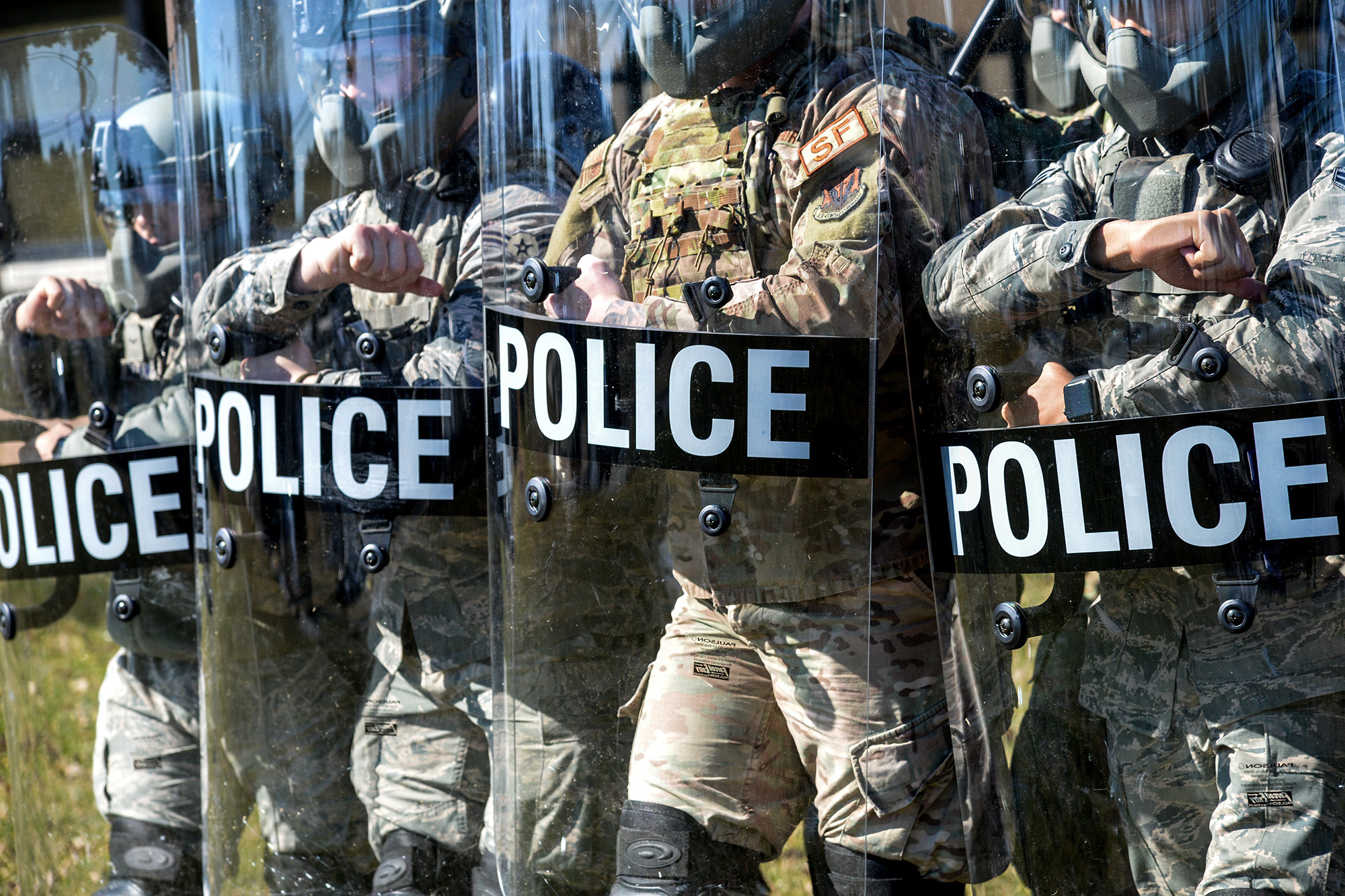
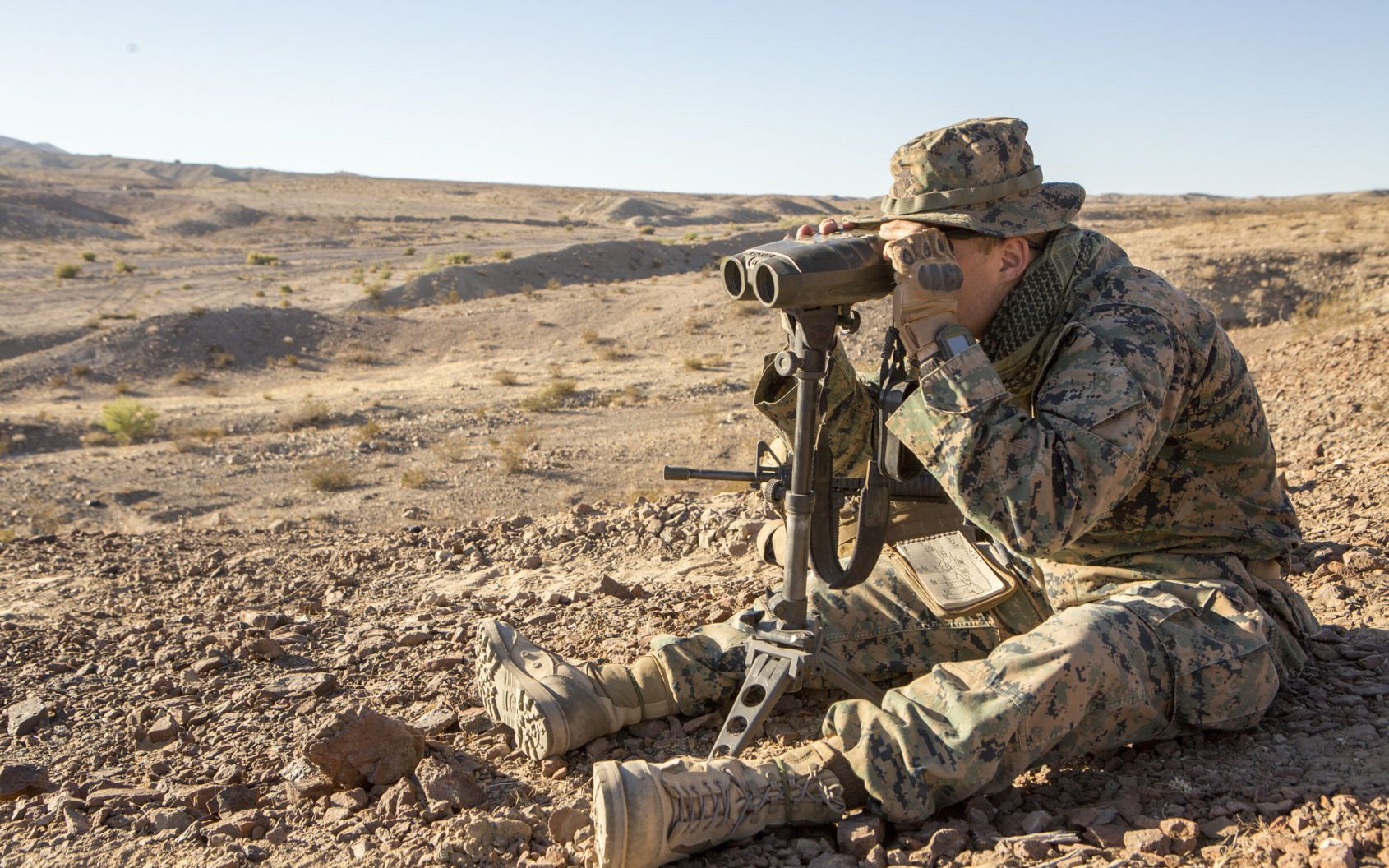 Source: timeandtidewatches.com
Source: timeandtidewatches.com Source: 10xtravel.com
Source: 10xtravel.com Source: easytravelpoints.com
Source: easytravelpoints.com Source: msjdn.org
Source: msjdn.org Source: myseco.militaryonesource.mil
Source: myseco.militaryonesource.mil Source: content.govdelivery.com
Source: content.govdelivery.com Source: image.cnbcfm.com
Source: image.cnbcfm.com

 Source: www.shsu.edu
Source: www.shsu.edu Source: www.jsums.edu
Source: www.jsums.edu Source: nypost.com
Source: nypost.com Source: miro.medium.com
Source: miro.medium.com Source: c8.alamy.com
Source: c8.alamy.com